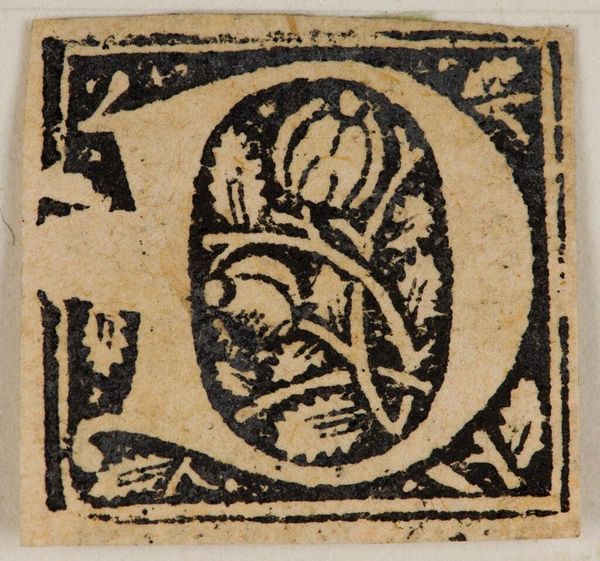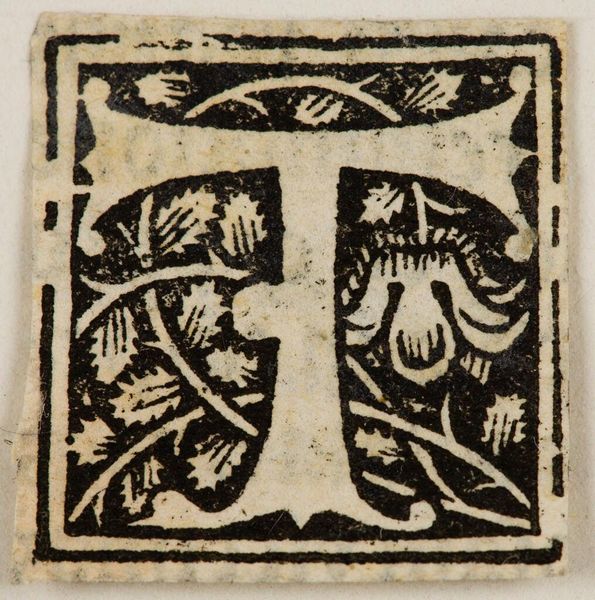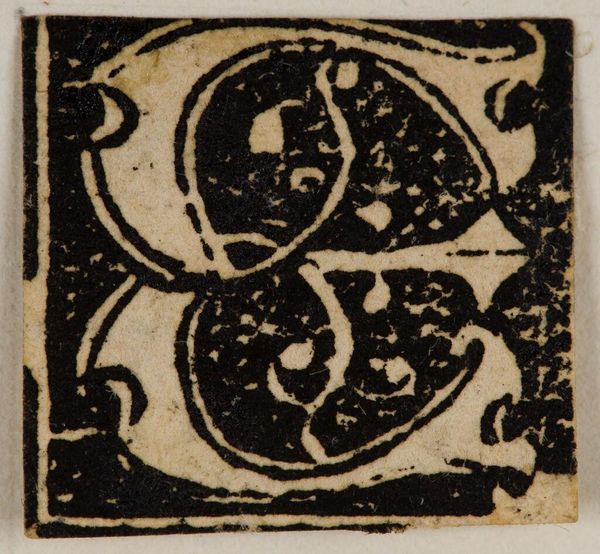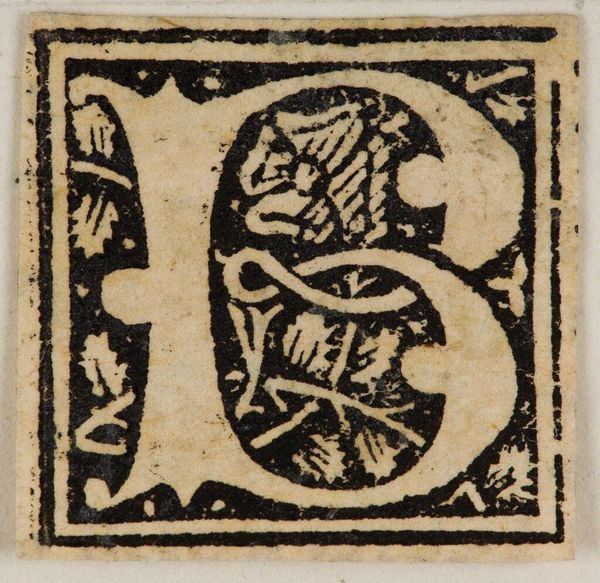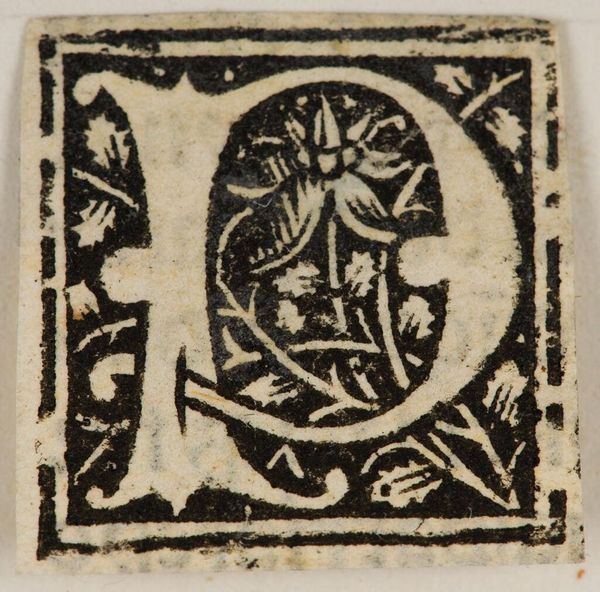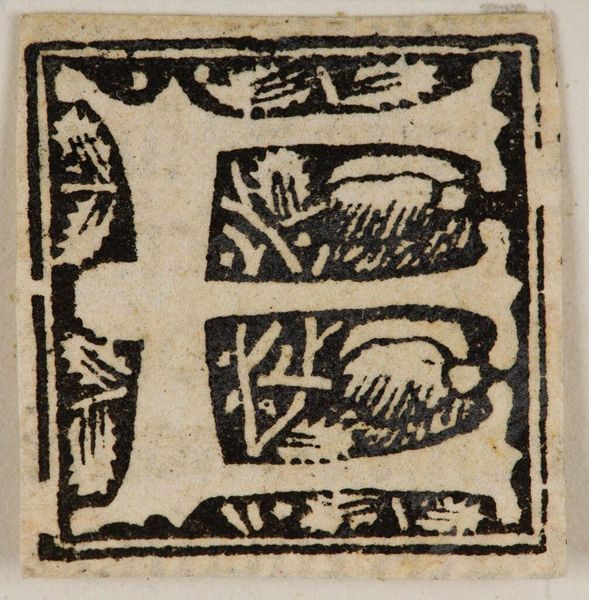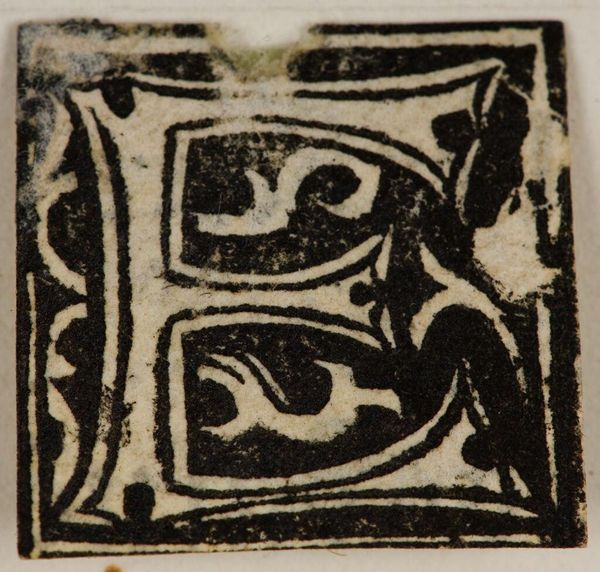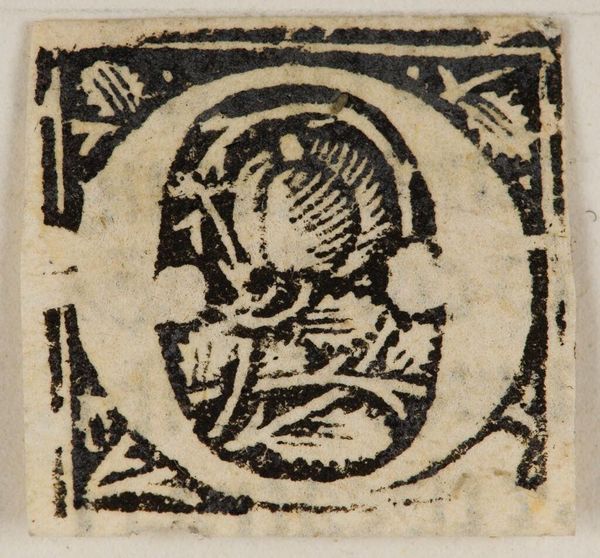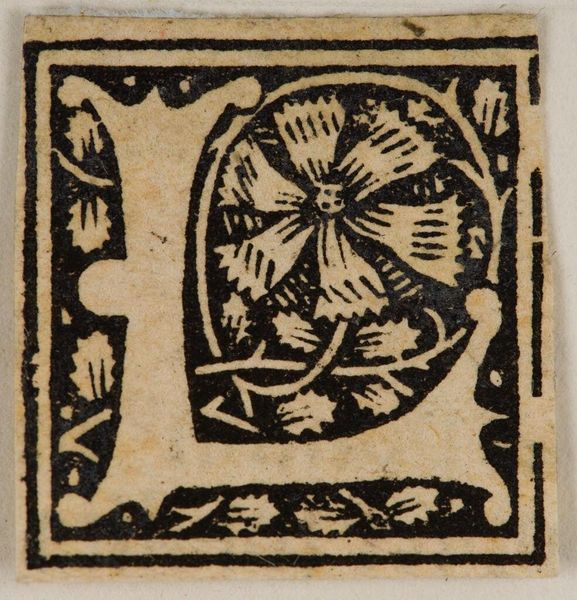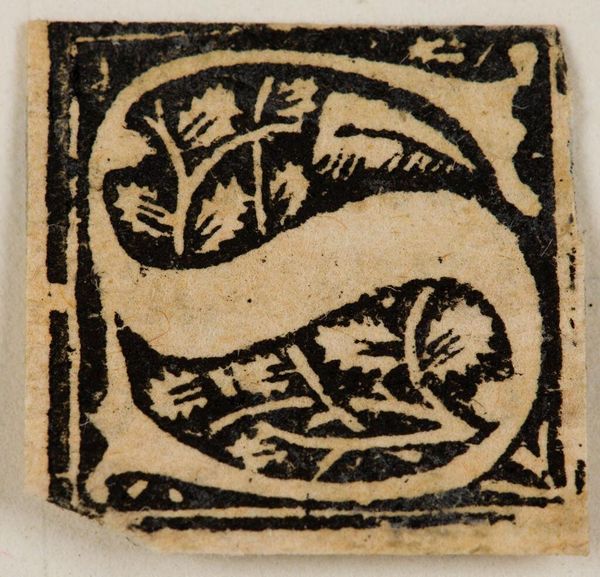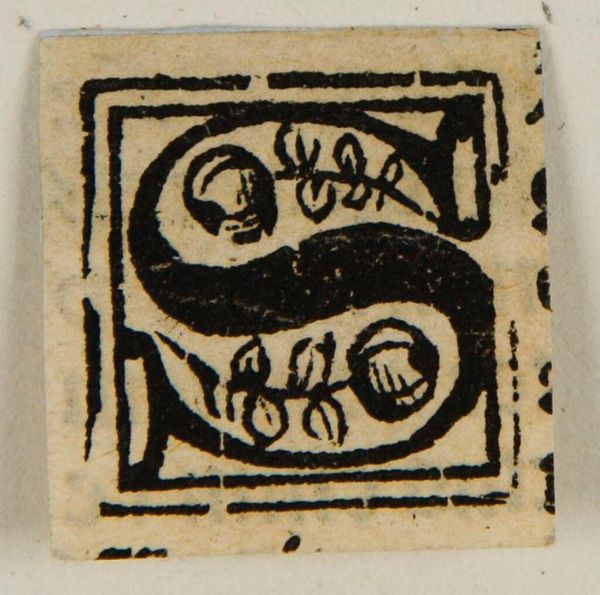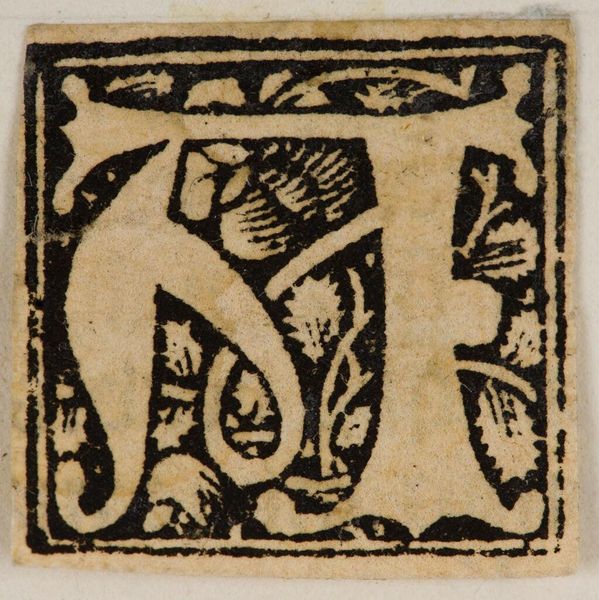
Dimensions: 2.11 g
Copyright: CC0 1.0
Curator: Let's consider this coin of Manuel I, currently held in the Harvard Art Museums. What's your first impression? Editor: Immediate visual impact—the weight of history. It feels incredibly tactile, almost demanding to be held. The patina whispers of empires. Curator: Indeed. Coins, especially those made under rulers like Manuel I, served not only as currency but also as potent propaganda. This object embodies the intersection of power, religion, and imperial identity. Editor: Absolutely. Note the imagery—the cross and what appears to be a figure. These symbols wouldn't merely convey value, but reinforce cultural and religious narratives, shaping the consciousness of the populace. Curator: By examining this coin, we confront the tangible legacy of Byzantine power structures and the ways in which gendered and class-based identities were reinforced. Editor: And through its symbols, we gain access to the emotional landscape of the time, its anxieties and aspirations, offering a rare glimpse into shared cultural memory. Curator: Exactly, this piece allows us to reflect on how material objects are not static but dynamic agents in shaping societal norms. Editor: It prompts a thought on how something so small once carried such significant symbolic weight, shaping the world around it.
Comments
No comments
Be the first to comment and join the conversation on the ultimate creative platform.

